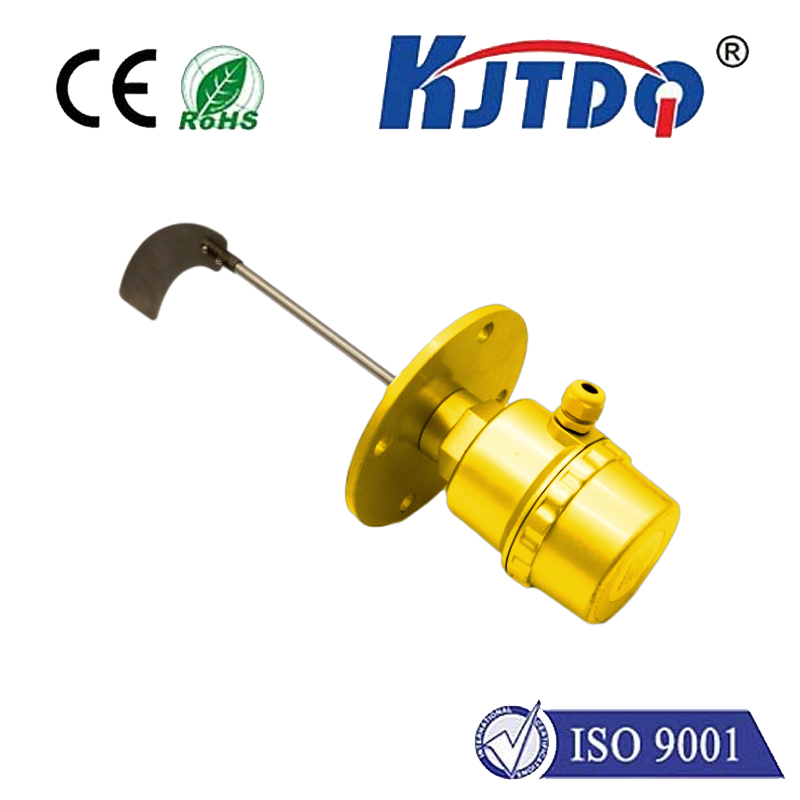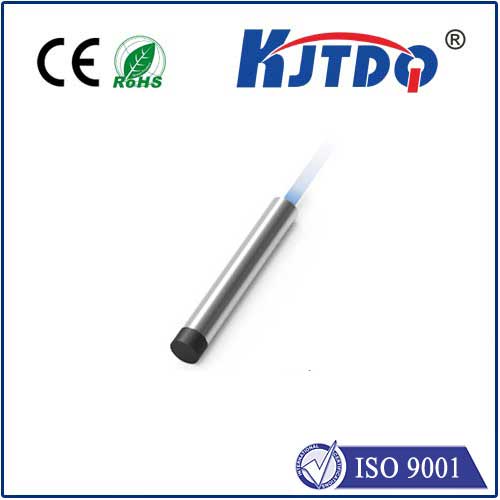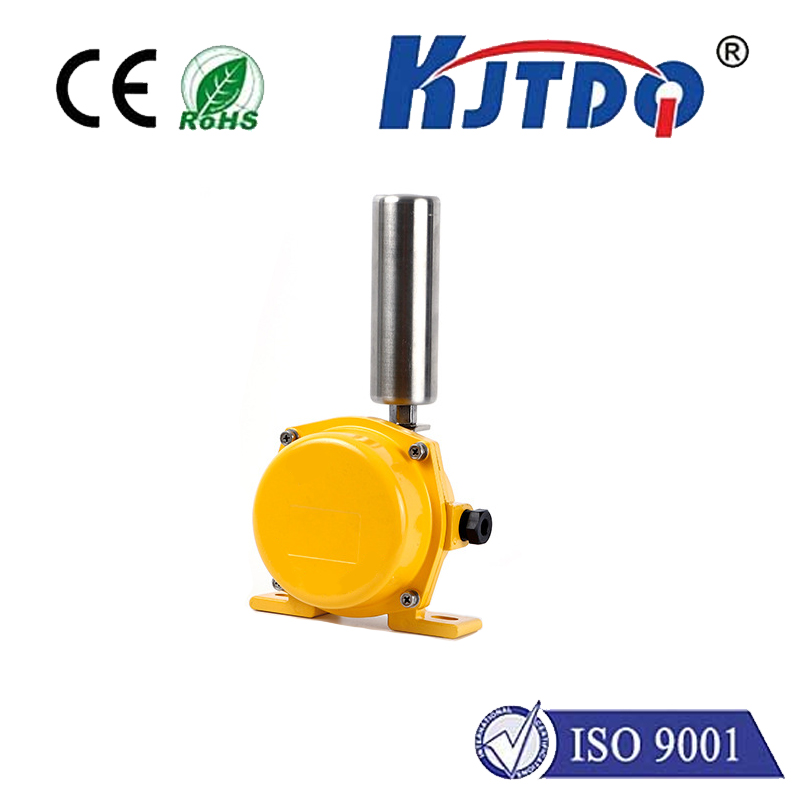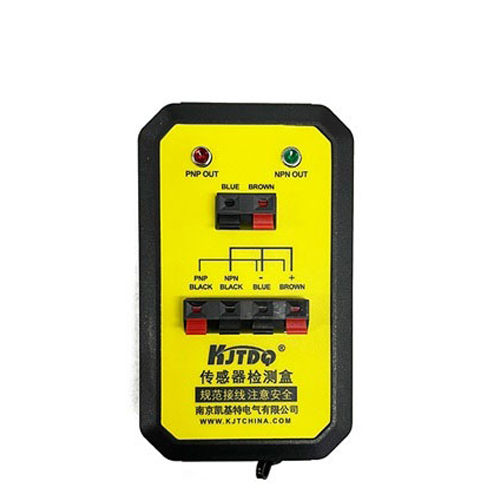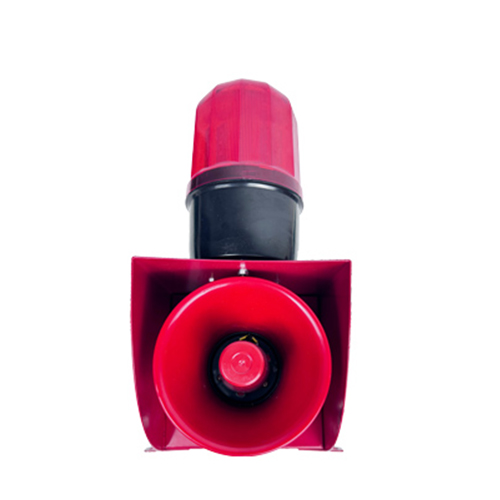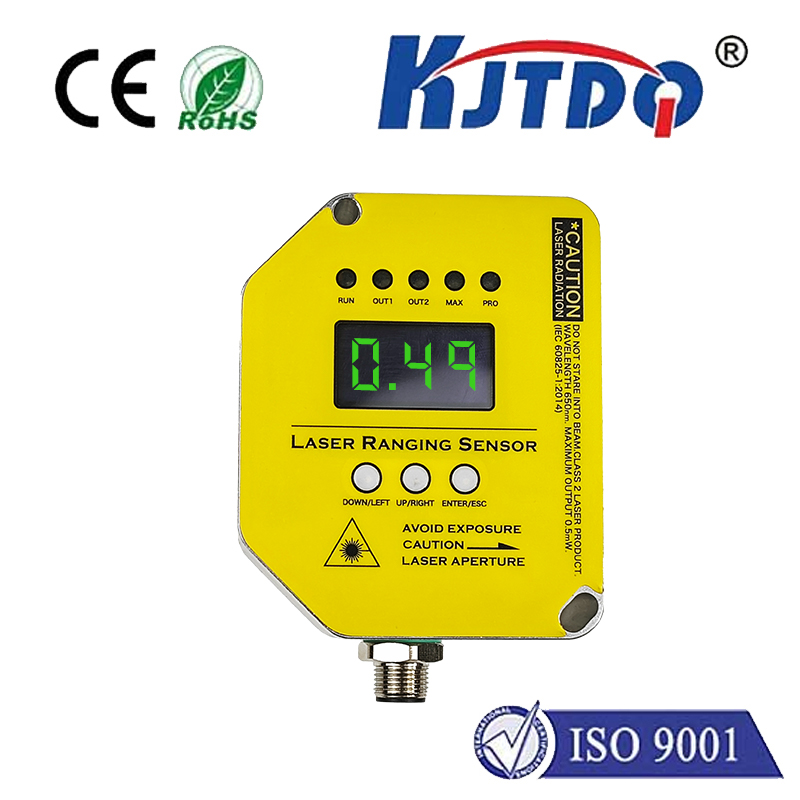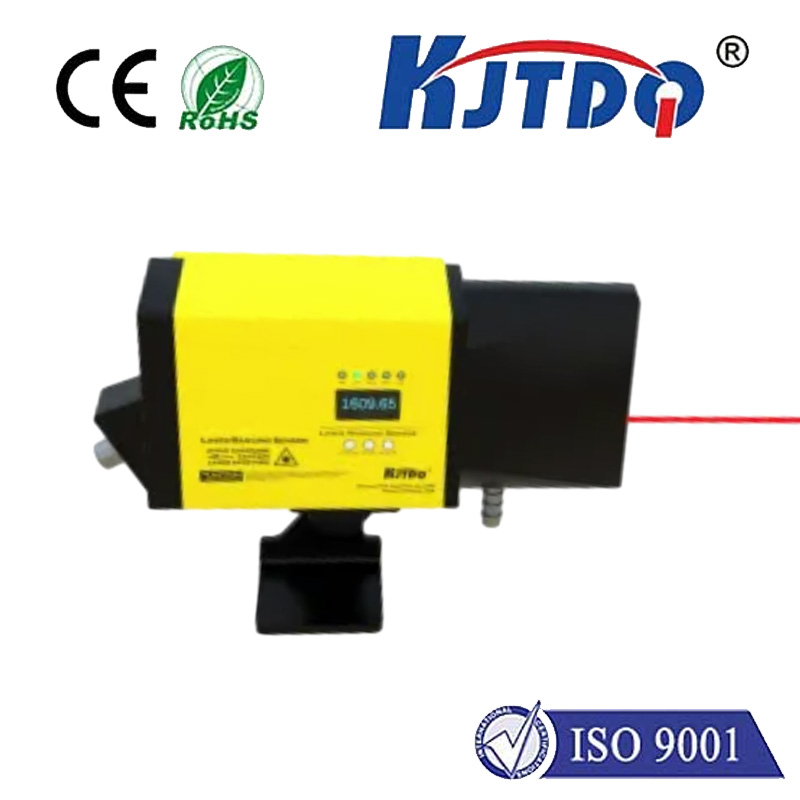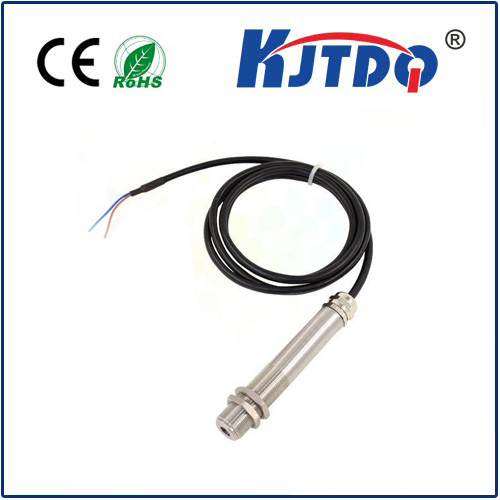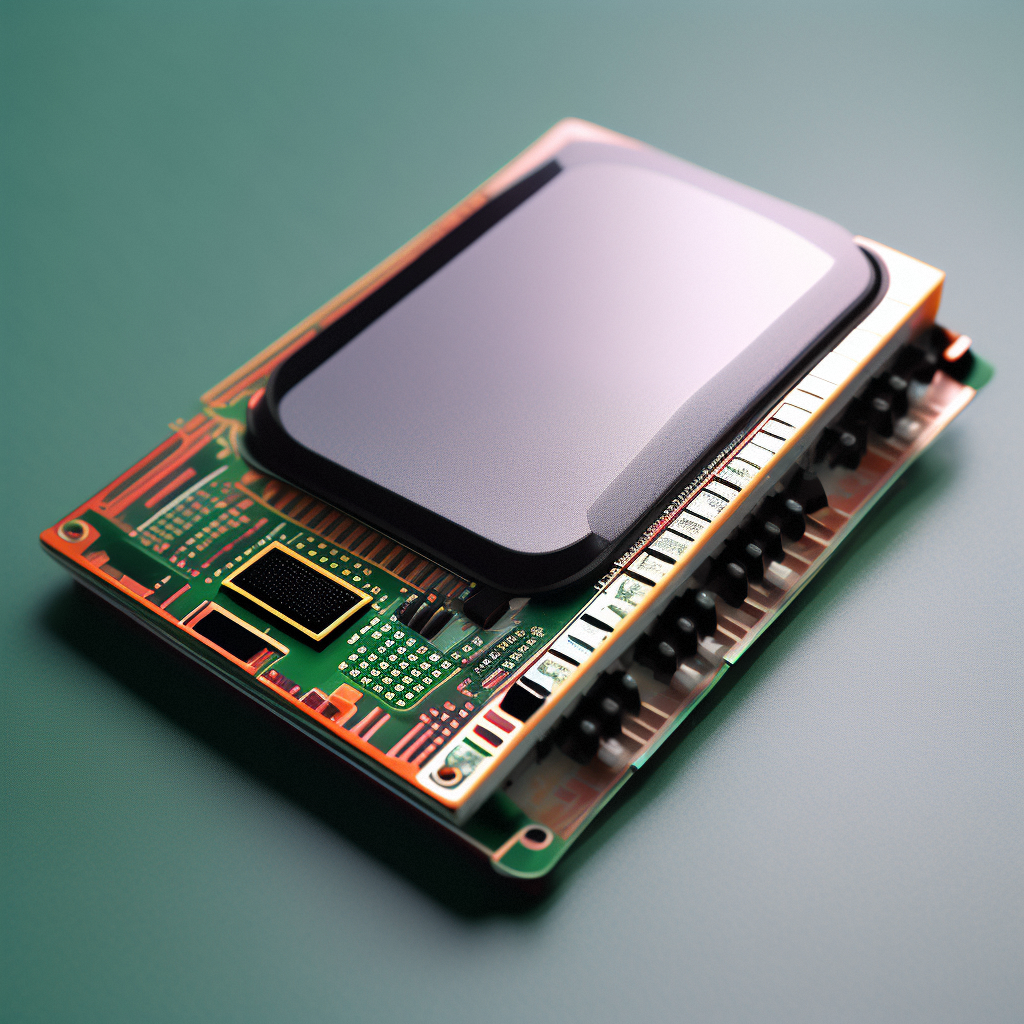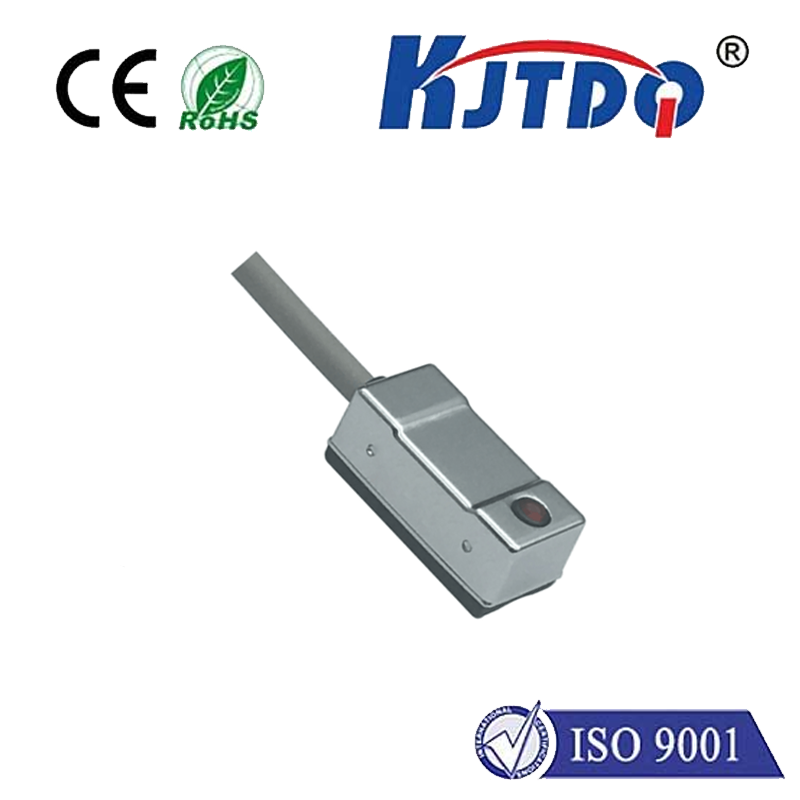лазер с датчиком тепловыделения
- time:2025-08-28 02:33:37
- Нажмите:0
The Brilliance of Pyroelectric Sensors: Powering Precision Laser Detection Systems
Lasers. The very word conjures images of cutting-edge precision, from intricate micro-machining and delicate medical procedures to robust industrial processes and sophisticated scientific research. But harnessing this powerful, focused light beam effectively relies on an often-overlooked hero: precise and reliable detection. This is where the unique capabilities of pyroelectric sensors shine, forming a critical partnership for success in countless laser applications. This article delves into why pyroelectric sensors are frequently the optimal choice for detecting laser energy and ensuring system accuracy and safety.
Understanding the Pyroelectric Phenomenon: Sensing the Heat of Change
At the heart of a pyroelectric sensor lies a special class of materials. These materials possess a unique crystalline structure that creates a spontaneous electrical polarization – essentially, a built-in separation of positive and negative charges within the material. Crucially, this polarization changes when the material experiences a change in temperature. When infrared radiation (like that emitted by a warm object or absorbed from a laser beam) hits the sensor’s surface, it causes heating. This rapid thermal shift disturbs the internal charge balance, generating a measurable electrical signal across the sensor’s electrodes. Importantly, the sensor specifically responds to changes in temperature, not to steady-state conditions. This self-generating electrical signal eliminates the need for an external power source solely for signal generation, making the sensors inherently simple and reliable for detecting transient thermal events.

Why Lasers Demand Specialized Detection: The Challenges
Detecting laser beams, especially pulsed lasers or tracking beam position, presents distinct challenges that rule out many conventional sensor types:
- Wide Dynamic Range: Laser power can vary immensely, from milliwatts in alignment tools to kilowatts in cutting systems. The detector must handle this range accurately without saturation or loss of sensitivity at low levels.
- Pulse Detection: Many critical laser applications (e.g., material processing, lidar, medical ablation) use pulsed lasers with durations ranging from nanoseconds to microseconds. The detector must have a sufficiently fast response time to resolve these rapid bursts of energy. Traditional thermal detectors often struggle with speed.
- Wavelength Independence (Broad Spectrum): While some detectors work only at specific wavelengths (like silicon photodiodes for visible/NIR), pyroelectric sensors respond to the heat energy absorbed, not the light’s specific color (wavelength). This makes them intrinsically broadband, capable of detecting lasers from the ultraviolet (UV) through visible light and far into the infrared (IR), limited primarily by the absorption characteristics of the sensor’s coating or window material.
- High Damage Threshold: Focused laser beams can deliver extremely high energy densities. The detector surface must resist damage from exposure to these intense beams, especially during accidental exposure or misalignment.
The Pyroelectric Advantage for Laser Sensing: Precision Meets Robustness
Pyroelectric sensors directly address these laser detection challenges, offering a compelling set of advantages:
- Inherently Fast Response: These sensors can track rapid thermal transients. Responsivity down to the nanosecond range is achievable, making them ideal for capturing the energy and shape of even very short laser pulses that overwhelm slower thermal detectors.
- Broad Spectral Response: As thermal detectors, they absorb energy across a vast portion of the electromagnetic spectrum. A single, suitably coated pyroelectric sensor can detect lasers from excimer (UV) to CO2 (far-IR) without needing wavelength-specific calibration or complex filtering.
- Wide Dynamic Range: Pyroelectric sensors offer an exceptionally wide dynamic range, often spanning many orders of magnitude. They can accurately measure both very low-power beams (crucial for alignment or low-energy diagnostics) and high-power pulses without damage or significant non-linearity, thanks in part to their thermal response mechanism and robust construction.
- High Damage Threshold: The active elements (like lithium tantalate or specially formulated ceramics) and durable coatings used in pyroelectric sensors are designed to withstand high peak power densities common in pulsed lasers, offering superior resilience compared to many photodiodes.
- DC Light Rejection: Since they respond specifically to changes in temperature, pyroelectric sensors inherently ignore constant background light (DC component). This is highly beneficial in environments with ambient light or where a continuous low-power beam might be present but only pulses need detection.
Key Applications: Where Pyroelectric Sensors and Lasers Intersect
The synergy between pyroelectric sensors and lasers enables critical functions across diverse fields:
- Laser Power & Energy Measurement: This is one of the most common uses. Pyroelectric sensors are the core components in many commercial laser power meters and energy detectors, particularly for pulsed lasers where their speed and broad spectrum are essential. They provide accurate readings for process control, laser characterization, and safety verification.
- Beam Profiling & Position Monitoring: Pyroelectric sensor arrays are used in specialized cameras and position-sensitive detectors to map the intensity distribution (profile) and track the centroid position of laser beams. This is vital for ensuring focus quality, alignment stability in manufacturing, and pointing accuracy in scientific instruments.
- Laser Material Processing Control: Real-time monitoring of *laser pulse energy* during processes like welding, cutting, or micromachining is crucial for maintaining consistent quality. Pyroelectric sensors provide the fast, reliable feedback needed for closed-loop process control systems. They also enable non-contact thermal monitoring of the process zone in some configurations.
- Medical Laser Systems: In dermatology (laser hair removal, tattoo removal) and surgery (ophthalmology, ablation), precise control of laser energy deposition is paramount for efficacy and patient safety. Pyroelectric sensors are used in beam delivery systems for energy calibration and monitoring during procedures, especially for pulsed lasers used in selective photothermolysis.
- Lidar & Ranging: While faster detectors are often used for direct time-of-flight, pyroelectric sensors can play roles in detecting return signals, particularly in systems using high-power pulsed lasers for long-range or atmospheric sensing, leveraging their robustness and wide dynamic range.
- Laser Safety Interlocks: Pyroelectric sensors can be integrated into safety systems to rapidly detect unintended laser emission or beam path breaches, triggering shutdowns to protect personnel.
The marriage of pyroelectric sensor technology with laser systems is not merely convenient; it’s often essential. The unique ability of pyroelectric sensors to respond with high speed to rapid thermal transients across an extremely broad spectrum, while offering impressive resilience and dynamic range, makes them uniquely suited to the demanding task of laser detection and measurement. From ensuring the precision of a micro-welding operation to safeguarding eyes in a medical suite and characterizing the latest high-power research laser, the unobtrusive efficiency of the pyroelectric sensor remains a cornerstone of reliable and safe laser application development and deployment. As laser technology continues to evolve, pushing boundaries in power, speed, and wavelength, pyroelectric sensors will undoubtedly continue to evolve alongside them, maintaining their critical role in harnessing the power of coherent light.

